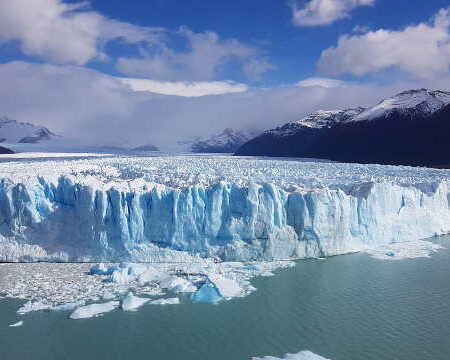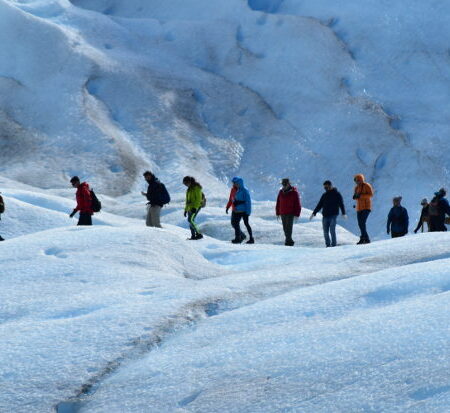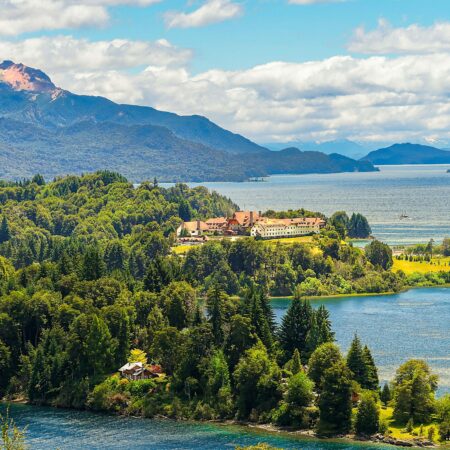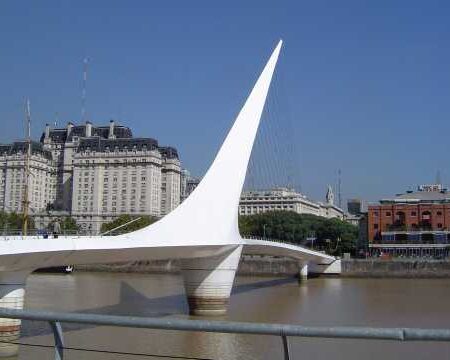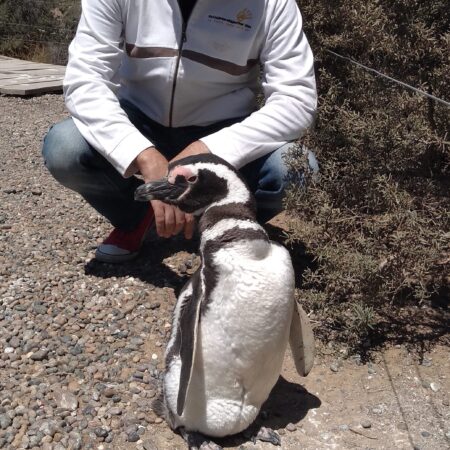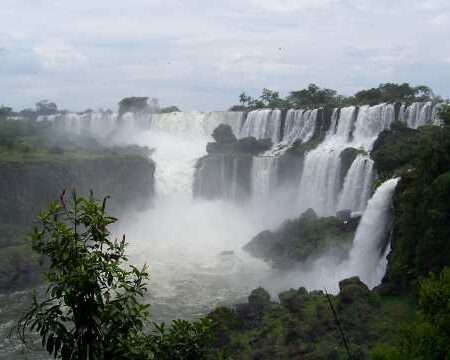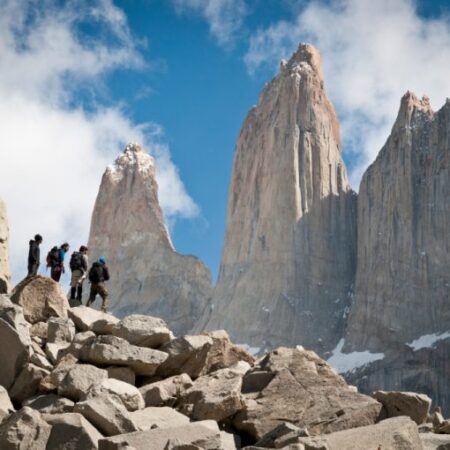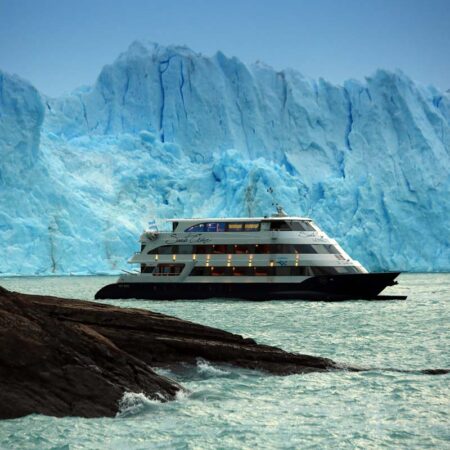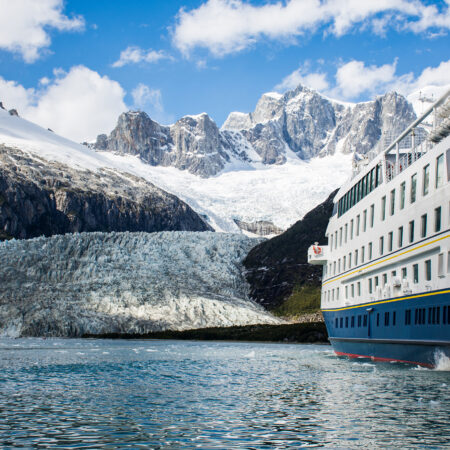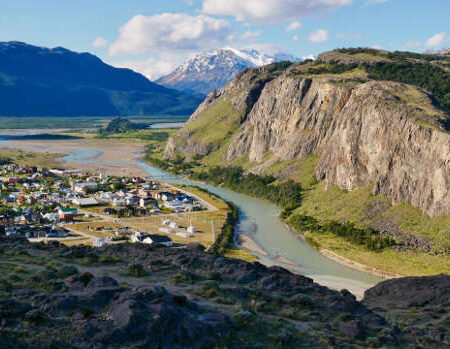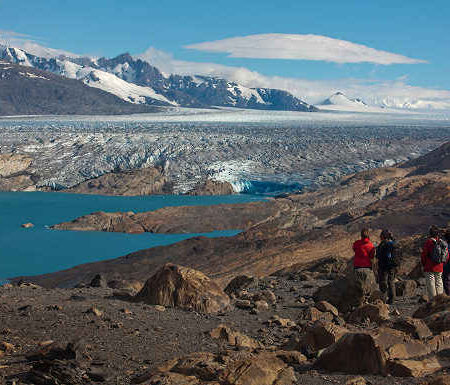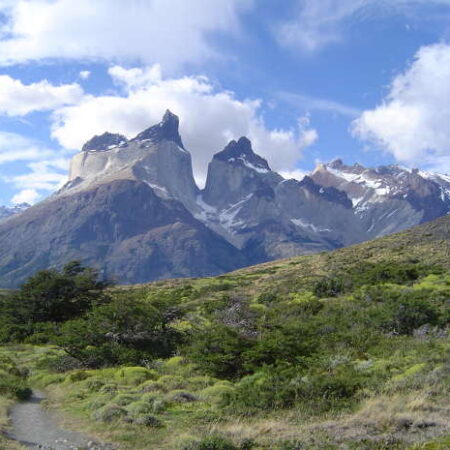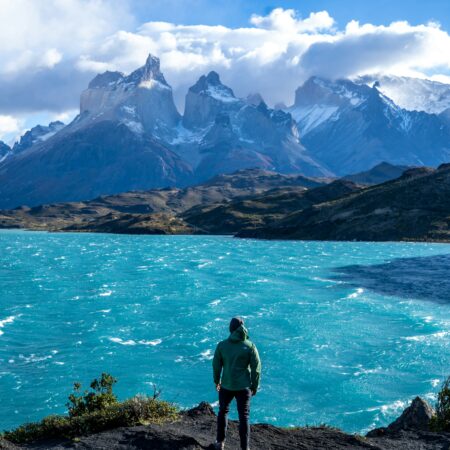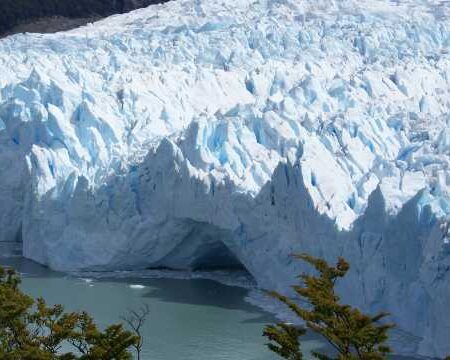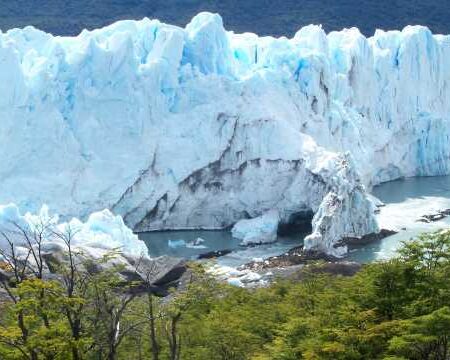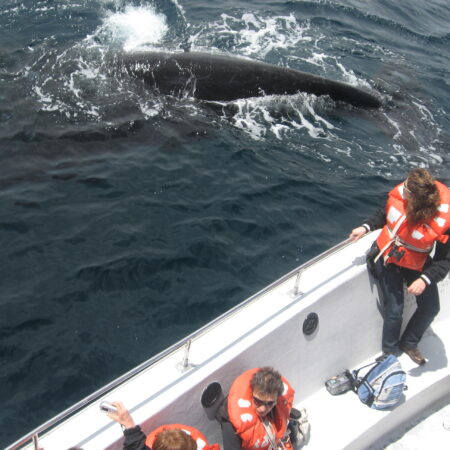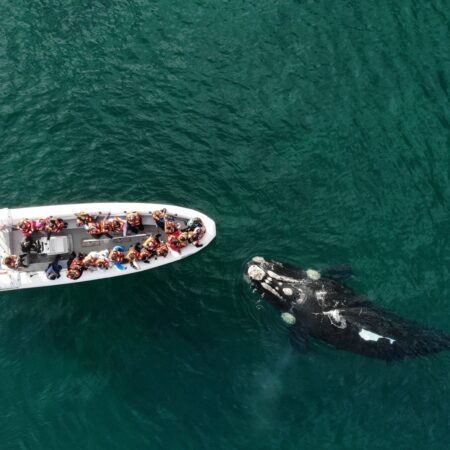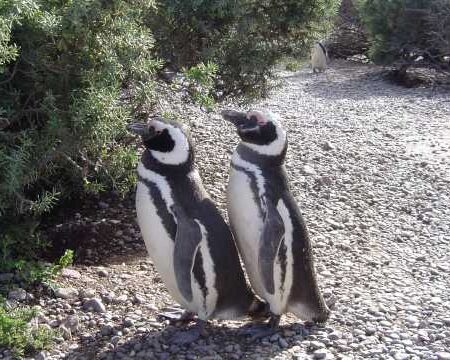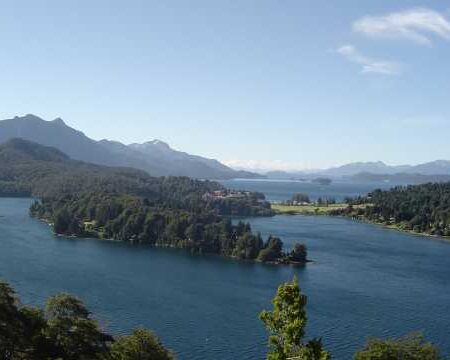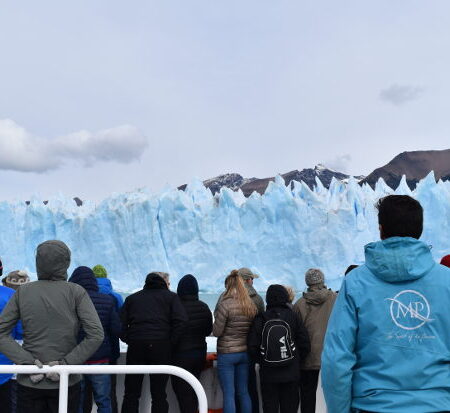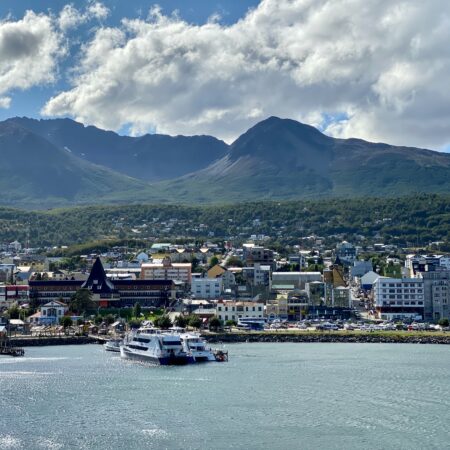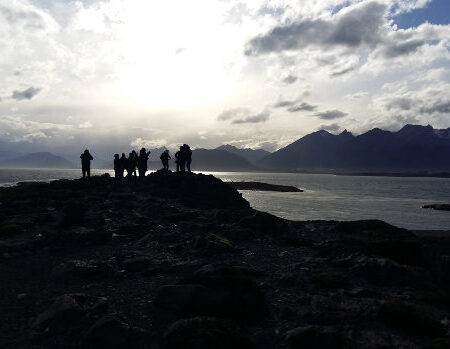Dreams of uniting the white territory with the continent by air became true on October 29th, 1969, when Marambio Base was founded. The mission undertaken by the Soberanía patrol is remembered as a hallmark in the Argentinean pioneering history.
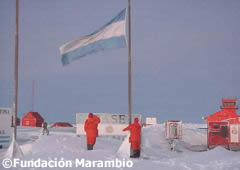 A long time after the 1902 expedition commanded by Dr. Otto Nordenskjold in the vessel Antarctic -among whose crew members was the Argentinean ensign José Sobral-, the Argentinean flag once again claimed to be present in the Antarctic continent.
A long time after the 1902 expedition commanded by Dr. Otto Nordenskjold in the vessel Antarctic -among whose crew members was the Argentinean ensign José Sobral-, the Argentinean flag once again claimed to be present in the Antarctic continent.
A presence that dates back to 1904, with the foundation of Orcadas Base on the homonym islands (Orkney Islands in Britain). The Scottish Captain William Bruce, commanding the Scotia, had arrived in these islands for the first time in 1902, to conduct a scientific exploration on the polar cap. On Laurie Island, one of the Orkney Islands, the crew built Omond House, an observatory home, where they had to hibernate and wait for better weather conditions in order to return to South America. In late 1903, when the thawing 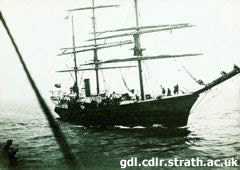 allowed it, the Scotia sailed to Buenos Aires. Bruce offered to sell Omond House to the Argentinean government in exchange for a sum of money. Negotiations were successful and, in early 1904, the Scotia returned to Laurie Island with an Argentine delegation on board that would take over permanent management of the facility.
allowed it, the Scotia sailed to Buenos Aires. Bruce offered to sell Omond House to the Argentinean government in exchange for a sum of money. Negotiations were successful and, in early 1904, the Scotia returned to Laurie Island with an Argentine delegation on board that would take over permanent management of the facility.
Vice Commodore Gustavo Argentino Marambio had flown over the Argentinean Antarctic sector to study surfaces potentially apt for landing. His contributions were significant, but unfortunately he was killed in a plane crash in 1956. The island until then called Seymour would later take his name in his honor.
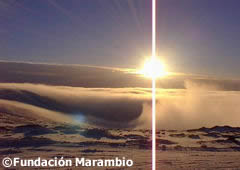 There was a new course now: “the conquest of the white desert” was no longer an illusion devised by eternal dreamers. The Argentine Air Force was deeply interested in setting up an air base to establish fast and direct communication with Antarctica. Sea journeys -on the other hand- take up too many hours, are not enough to assist in emergencies, and also depend upon favorable weather conditions.
There was a new course now: “the conquest of the white desert” was no longer an illusion devised by eternal dreamers. The Argentine Air Force was deeply interested in setting up an air base to establish fast and direct communication with Antarctica. Sea journeys -on the other hand- take up too many hours, are not enough to assist in emergencies, and also depend upon favorable weather conditions.
In 1969, a handful of men led by Vice Commodore Mario Luis Olezza arrived at the plateau chosen for construction of a landing lane, 200 meters (656 ft) above sea level, 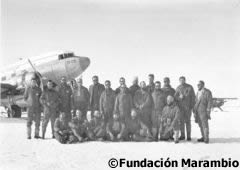
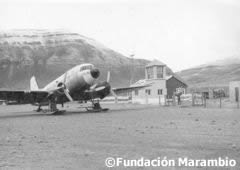 In the end, despite the inclement weather, construction ended; and on October 29th of that year, a plane carrying the Defense Minister and the Armed Forces Chief of General Staff as crew landed on the lane with its wheels. It was the first plane to land on the Antarctic continent without the ski system. Only two months before that, man had stepped on the moon for the first time, when Earth territories like Antarctica still remained unconquered.
In the end, despite the inclement weather, construction ended; and on October 29th of that year, a plane carrying the Defense Minister and the Armed Forces Chief of General Staff as crew landed on the lane with its wheels. It was the first plane to land on the Antarctic continent without the ski system. Only two months before that, man had stepped on the moon for the first time, when Earth territories like Antarctica still remained unconquered.
October 29th was then formally established as Marambio Base Foundation Day, thus acknowledging the odyssey of the men on the Soberanía patrol. This date is celebrated at all levels of Public and Private Schools.
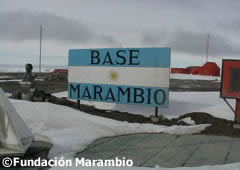 Marambio Base is referred to as the “entrance door” to the “sixth continent“. Nowadays, it receives about 100 intercontinental flights a year, thus making it possible to supply many Antarctic settlements, offer support to scientific activities, and conduct staff rescue and transportation operations. There are lodgings for crews, maintenance workshops, a power plant, a sewage waste treatment plant, a meteorological center, a museum, and an aircraft hangar. In winter, the base hosts an average of 55 people, while in summer the number climbs to approximately 150.
Marambio Base is referred to as the “entrance door” to the “sixth continent“. Nowadays, it receives about 100 intercontinental flights a year, thus making it possible to supply many Antarctic settlements, offer support to scientific activities, and conduct staff rescue and transportation operations. There are lodgings for crews, maintenance workshops, a power plant, a sewage waste treatment plant, a meteorological center, a museum, and an aircraft hangar. In winter, the base hosts an average of 55 people, while in summer the number climbs to approximately 150.
To settle in Antarctica, there was no need for some General Roca to wipe out whole native communities. Nor for hateful Manichaeism between civilization 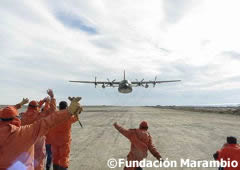 and barbarism. This time, rejecting alien cultures was not in the plans of explorers because in principle there was no culture to destroy or assimilate. The extremely rough weather conditions prevented men from residing there, but wishes of self-improvement and scientific needs were more powerful in this story. And from those men and those dreams the Marambio Base was born.
and barbarism. This time, rejecting alien cultures was not in the plans of explorers because in principle there was no culture to destroy or assimilate. The extremely rough weather conditions prevented men from residing there, but wishes of self-improvement and scientific needs were more powerful in this story. And from those men and those dreams the Marambio Base was born.
